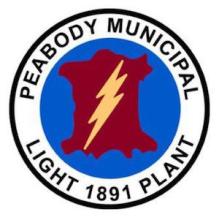Portsmouth Fiber Network to Cut Costs, Benefit Region in Virginia
Portsmouth, Virginia, recently announced that they intend to invest in fiber optic infrastructure to reduce telecommunications costs, encourage economic development, and keep the city competitive in the region. The project is also part of a regional effort to foster economic development in the Hampton Roads metropolitan area.
In the April press release, the city announced that the project will include a 55-mile fiber optic ring around the city that will connect municipal facilities and anchor institutions. The plan will use a five-year multiphase approach for the estimated $9 million capital project and construction is likely to begin this summer.
According to city CIO Daniel Jones, costs for the first year will come in at around $2.7 million. Portsmouth is currently reviewing bids for the project.
Significant Savings
Portsmouth CIO Dan Jones noted, “Right now, Portsmouth is internet carrier dependent. The broadband network will improve municipal operations at a substantial cost savings.”
Last year, the city adopted a Fiber Master Plan, which analyzed potential cost savings, should Portsmouth choose to invest in its own Internet network infrastructure. Consultants estimated that the city and public schools spend more than $1 million on connectivity costs per year for municipal facilities, schools, and public libraries. The community’s schools’ telecom expenditures are almost $638,000 per year; libraries spend around $29,000 per year. Portsmouth schools receive an 80 percent reimbursement from the federal E-rate program, which allows the school system to receive a subsidy of more than $510,000 annually. Portsmouth plans to use E-rate dollars to help fund network construction in areas where it serves school facilities.



